10 August 2012
The BCRPM's response to the Replication of the Parthenon Marbles
as a Facade at the Olympic Village
The Chairman of the British Committee for the Reunification of the Parthenon Marbles, Eddie O’Hara believes the Greek people may rightly take offence at the replication of the Parthenon Marbles as a facade at the Athletes Village Block n15.
The design by Stratford based Niall McLaughlin Architects is an “insult to the sculptures and an insult to the rightful sensitivities of the Greek people about their cultural heritage” says Eddie O’Hara.
He goes on to say that “the Greek people may rightly take offence at this exploitation (presumably at some commercial charge) of sculptures which they regard as icons of their cultural heritage and which they regard with much justification as illegally removed from the Parthenon”.
Niall McLaughlin rejected the idea of working with artists on commissioned pieces for the Olympic Village dormitories and instead chose to recreate five carvings from the Marbles, because of the origins of architectural representation and his own fascination with the stones.
It was however a comment from the senior curator, Ian Jenkins at the British Museum whilst Niall McLaughlin’s team was busy capturing digital data at the museum that really sealed the design concept.
Mr Jenkins is quoted as saying to McLaughlin: “I know you have all these theoretical ideas which are really interesting, but really it’s all about the horses. The people of London will love the horses, look at their rhythm, look at its repetition”.
In response Eddie O’Hara makes the following comment about the British Museum:
“The British Museum claim that their use of these sculptures to serve their ‘encyclopaedic’ narrative of the development of western art takes priority over the ‘parochial’ narrative of the Parthenon in the Acropolis Museum. Yet here they are open to the charge of trivialising these peerless works of art by allowing them to be used to serve a commercial project. What next? Pepsi Cola pediments?
"Anyway, I argue that there is no objective basis for this claim of the BM, which is of course based on the British Museum’s claim to the chimerical status of a universal museum. If any narrative of these Marbles should take priority it is offered by the Acropolis Museum. Now here we have the British Museum offering the sculptures for exploitation to serve a quite different narrative, as explained in detail by the architects.
“If the narrative of these sculptures belongs to anyone it is to the Greek people. The Parthenon Marbles belong in Athens”, concludes Mr O’Hara.
Notes to editors:
Eddie O’Hara, Chairman for BCRPM, recently retired after 20 years as MP for Knowsley South and describes himself as “an unreconstituted classicist and lifelong supporter of the campaign for the reunification of the Parthenon Marbles”. He is also the honorary president of Marbles Reunited.
Throughout his parliamentary career he tirelessly promoted the case for the Marbles to be returned to Athens, using various means including Early Day Motions, parliamentary questions, debates, meetings with ministers and the presentation of a Museums Bill, whose purpose was to remove any question as to whether museum trustees could divest themselves of objects in their collections.
Architectural Review, 30 March 2011

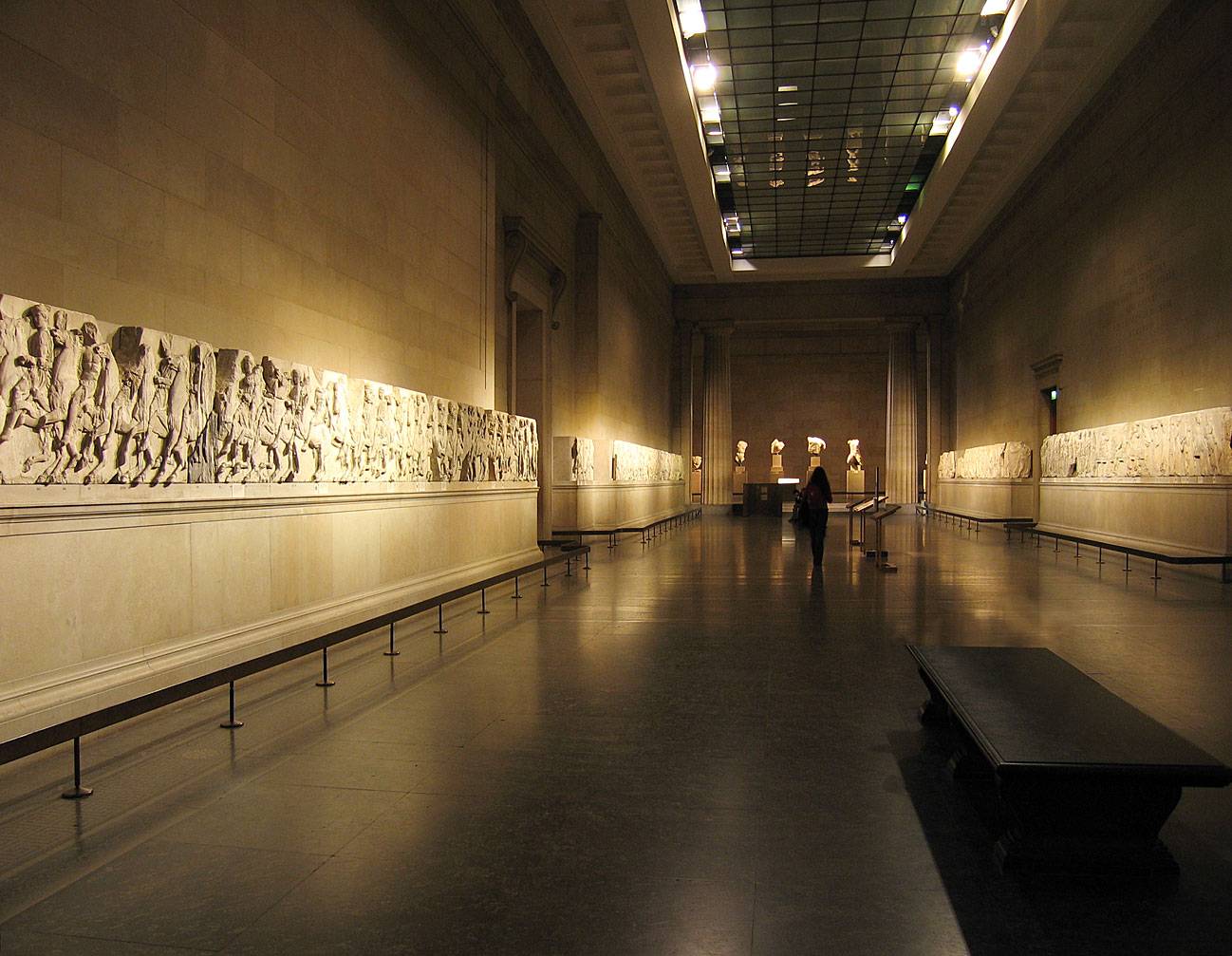
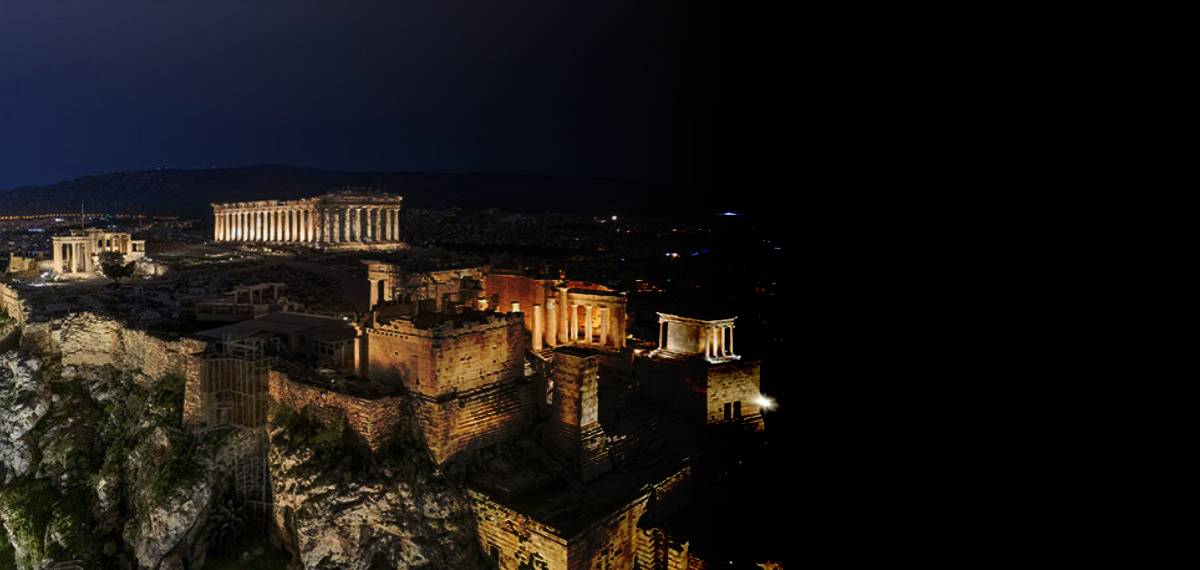
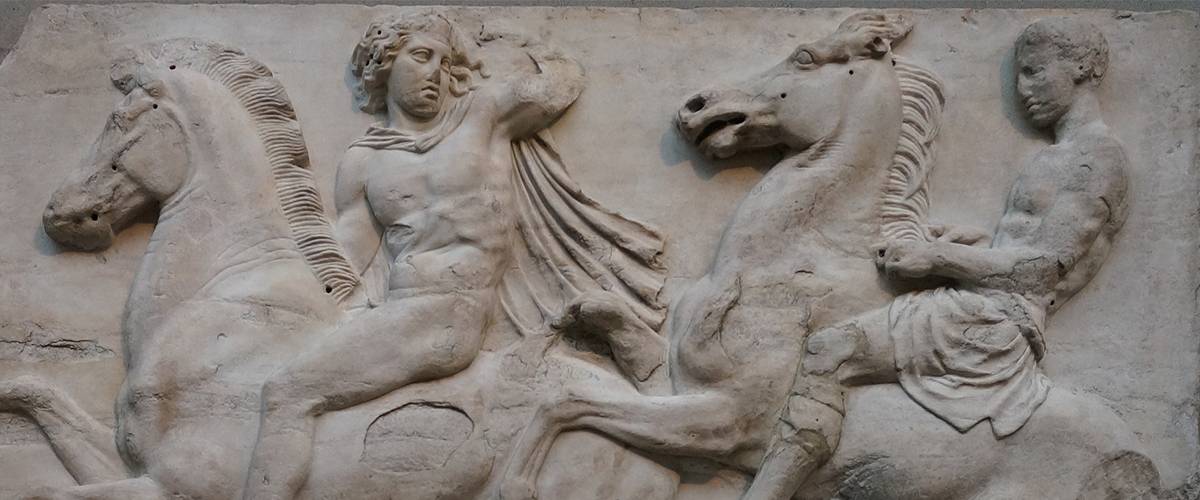
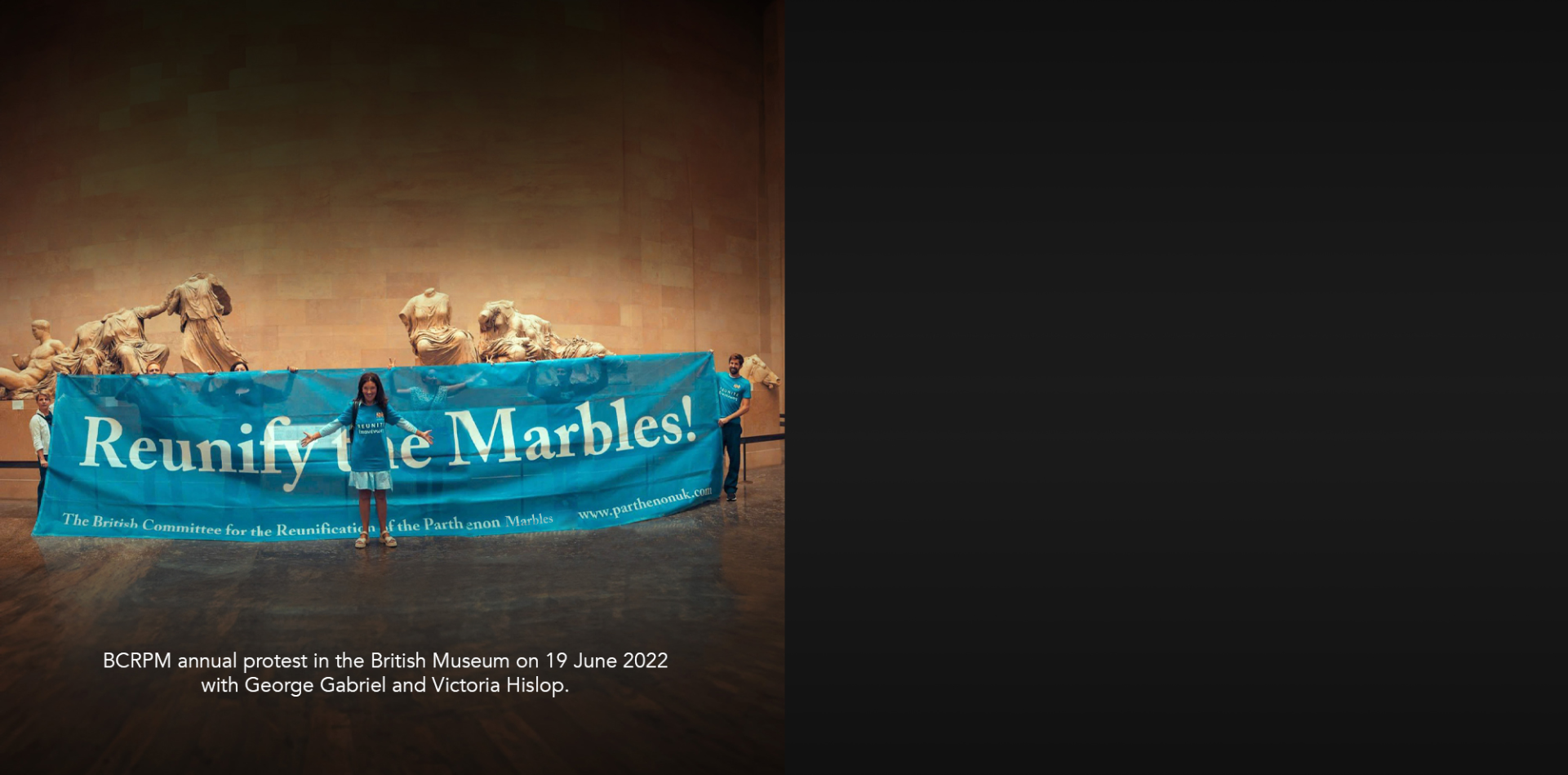
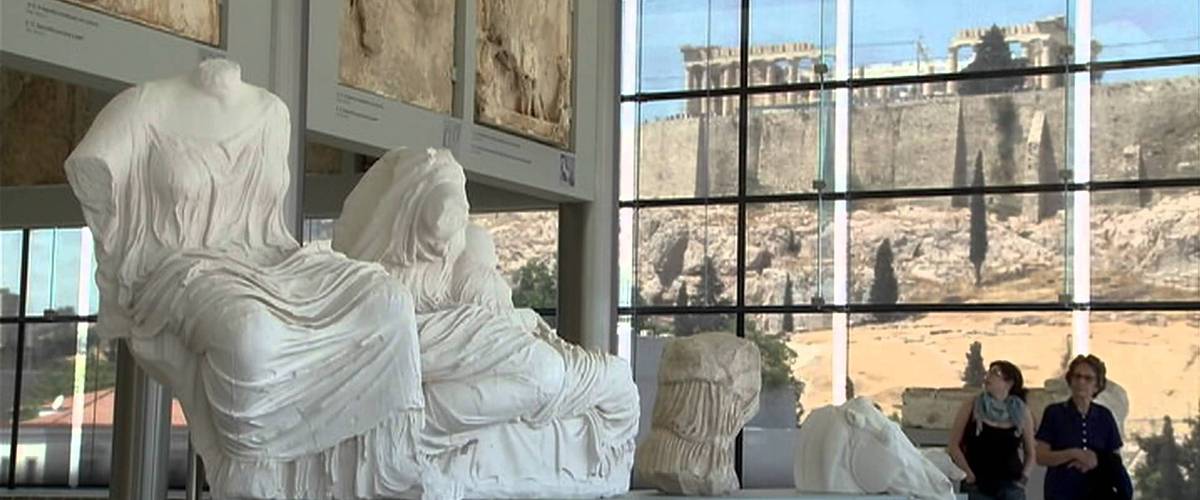
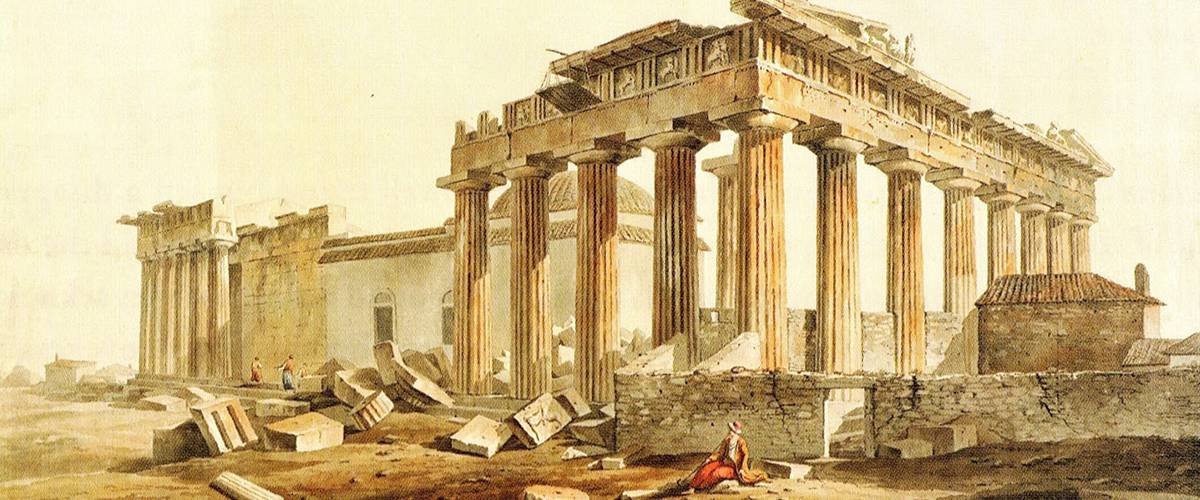
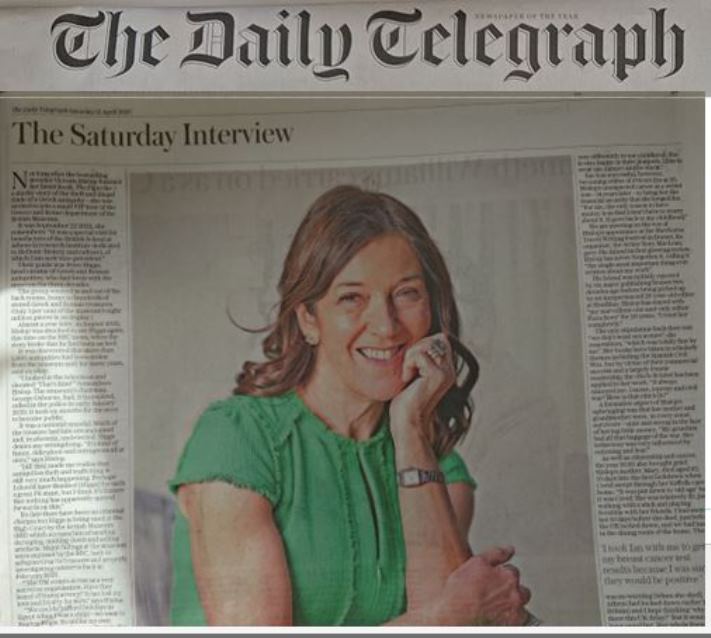
Comments powered by CComment